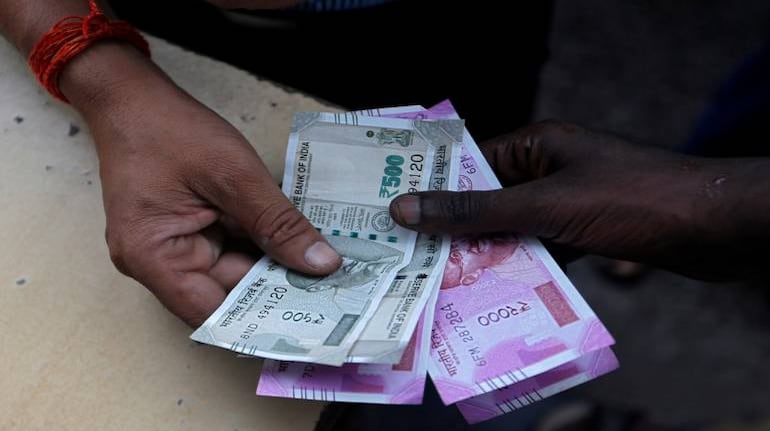The increase in currency in circulation between January and May 1 was Rs 2.66 trillion against Rs 2.4 trillion in 2019, RBI data shows.
Rising economic uncertainty has seen people hoard more cash in the first four months of 2020 than they did in all of 2019, the Business Standard has reported.
Citing data released by the Reserve Bank of India, the report said the increase in currency in circulation (CIC) between January and May 1 was Rs 2.66 trillion against Rs 2.4 trillion in 2019.
Typically, a spike is seen during festivals or elections, so the rise at a time when economic activity is at a standstill is unusual, the report said.
It means that people are withdrawing large amounts to keep with themselves, indicating a distrust of the banking system, experts told the newspaper.
The RBI till May 5 held Rs 8.53 trillion as excess liquidity from banks despite interest rate being a low 3.75 percent (largely due to long-term repo operations (LTRO). But, when the lockdown is lifted, people will likely deposit money with the banks, further increasing liquidity.
With banks unlikely to lend and companies looking to reduce debt, there more capital will lay unused.
Follow our LIVE Updates on the coronavirus pandemic here
The RBI may tackle this by allowing banks to repay the money by providing Call option for the regular LTRO auction conducted between February and March 15, Soumyajit Niyogi, associate director at India Ratings and Research (Ind-Ra) told the newspaper.
“This will reduce pressure on the RBI to sterilise money through reverse repo by providing securities. And in case demand for credit improves, banks can still borrow from LTRO,” he said.
However, with the huge liquidity surge oncoming, the central bank may have to come up with additional policy measures to ensure banks utilise idle cash – either by capping money kept in reverse repo window, or by introducing a standing deposit facility (SDF) to accept surplus funds at a reverse repo rate lower than the current 3.75 percent. The RBI can also charge banks for keeping money with it, economists feel.
"Bankers are possibly scared about what will happen to them after the loans go sour. There is a complete risk aversion unless the government instructs banks to do some targeted lending,” a senior economist told the paper.
Follow our full COVID-19 coverage hereSpecial Offer: Subscribe to Moneycontrol PRO’s annual plan for ₹1/- per day for the first year and claim exclusive benefits worth ₹20,000. Coupon code: PRO365














